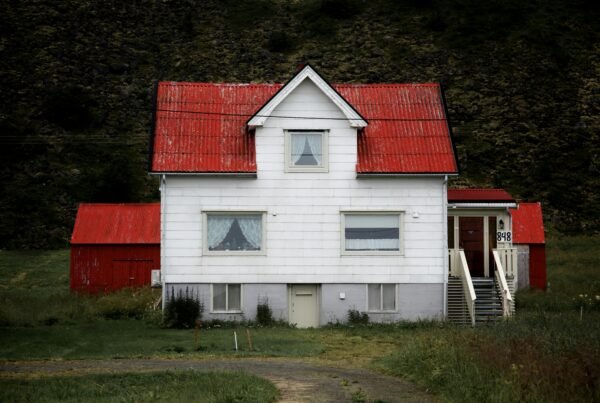Things to do when buying a property
So you have found the house of your dreams.
Besides the obvious things like checking out the neighbourhood, schools, shops and transport facilities there are other really important things you need to check out .
If you have a professional building inspection done, make sure that you go over it carefully with the inspector and ask questions if you are unsure.
Here are a few common things to check out
Roof
Age, material and condition. Any cracked tiles, rusting iron, or areas for concern?
Wiring
How old is the switchboard? Switchboards are often a pretty good indication of the age of the general wiring. How old is the hot water cylinder? If you are unsure get an electrician to check it out.
Foundations, retaining walls, and fences
Are there concrete piles? What condition are they in? Are there any retaining walls? What shape are they in? What shape are the fences in?
Drainage
Are there any drainage issues? Check out areas that look like they could have been waterlogged. Are there any big trees pushing the ground up around where the drainage plan shows it should be?
Plumbing
If the house was built in the late 70’s – early 80’s, make sure that it does not have Dux Quest polybutylene plumbing, as it is prone to leaking and some Insurers might not insure it if it needs to be replaced after causing a leak.
Ceilings and walls
Is there any Asbestos? Asbestos was a popular building material from the mid-1940s until the mid-1980s. If it is found at a property, you will need to get specialist advice on how much of a risk it poses, how it could be removed, and the time and cost for removal.
Cladding
Buildings that have a high risk of leaking were mostly built between the late 1980s and the mid-2000s, using plaster-style monolithic cladding systems. The exterior walls typically have an unbroken or smooth appearance. If you are interested in a house or apartment with cladding of this type, you should get an independent building inspection or a weather-tightness expert to inspect the property, because there may be no obvious signs of problems.
Weatherside is an exterior house cladding product popular in the early 1980s. It is prone to swelling and turning to mush. The only way to fix it is to replace the cladding.
Pests
Is there evidence of wood borer or mite damage? Termites in Australia can cause terrible damage even to newer houses.
Legal documentation and Council information
Lastly, don’t forget to make sure that you get your solicitor/conveyancer to search the title, and the council information for building plans, the code of compliance, and any other relevant information relating to the property like flood risk, wind ratings and future area developments.
If you are purchasing a unit or cross leased property, then you will require the Body Corporate information and disclosure documents for your solicitor to check out, and on a cross-leased property, be sure to check the Flats Plan.
Lots to think about, yes?
But doing the correct due diligence at the beginning will save you money and stress down the track.
©2020 e-property matters |Author Kathryn




